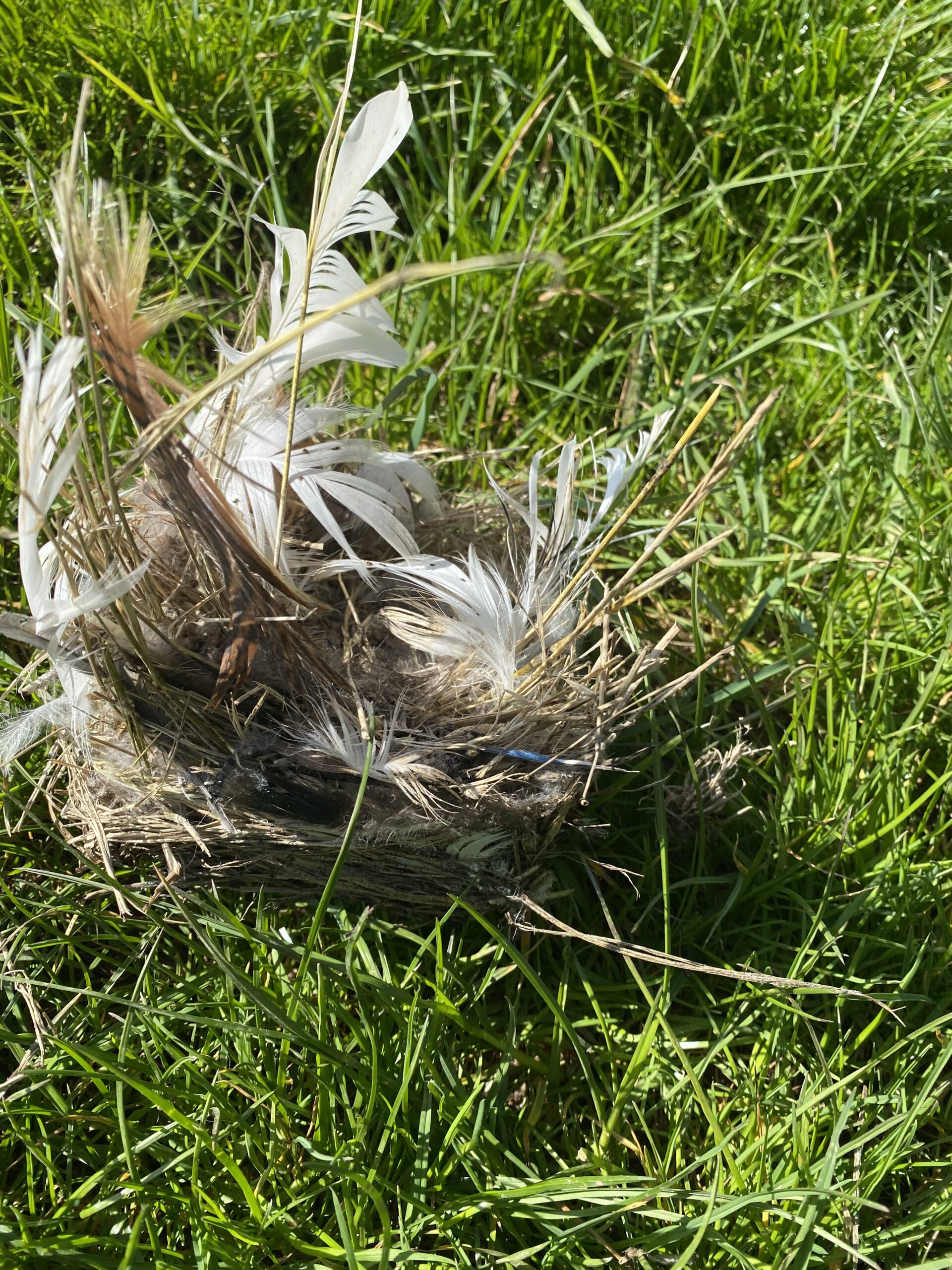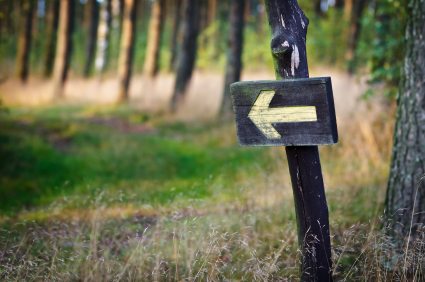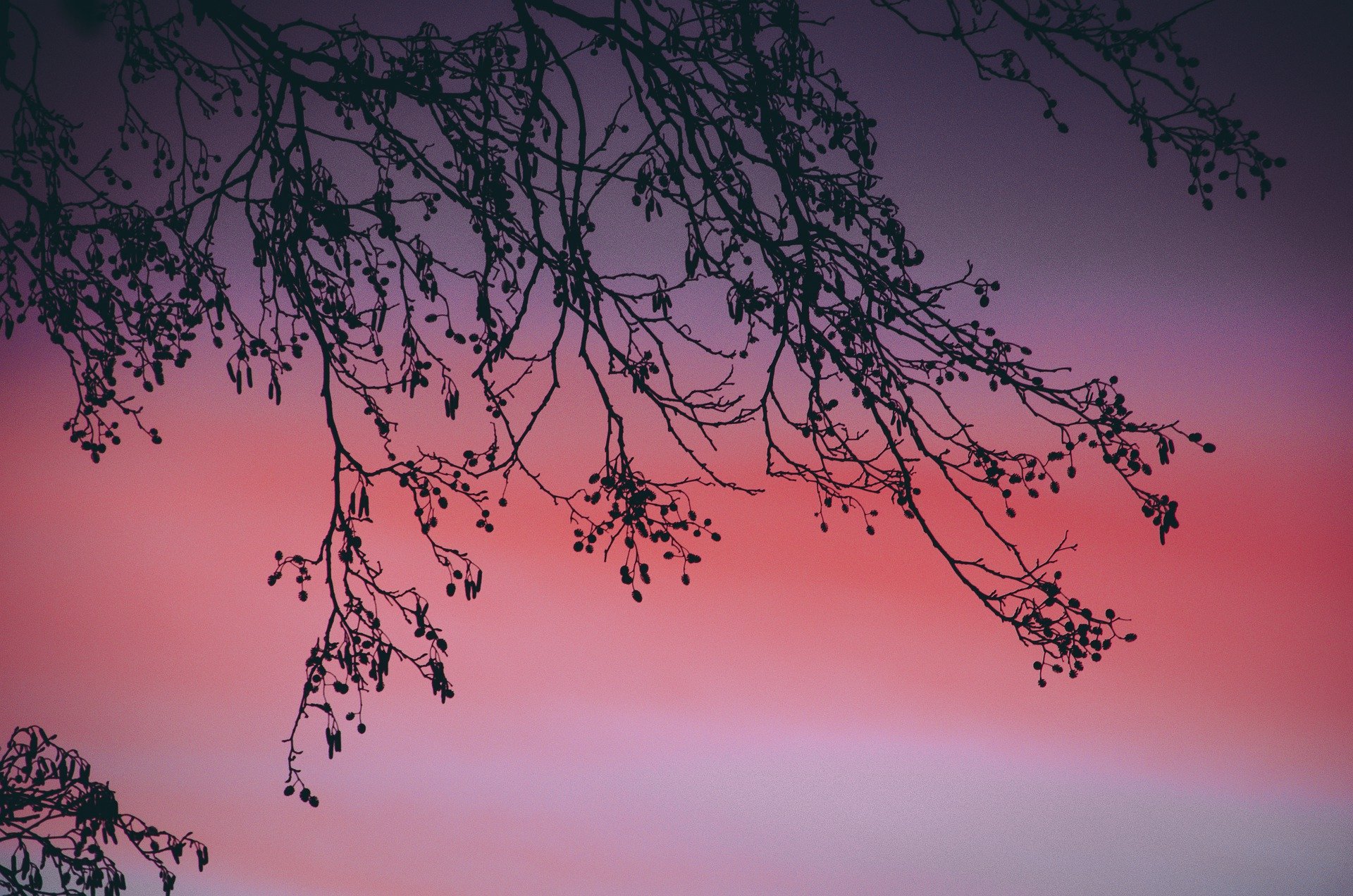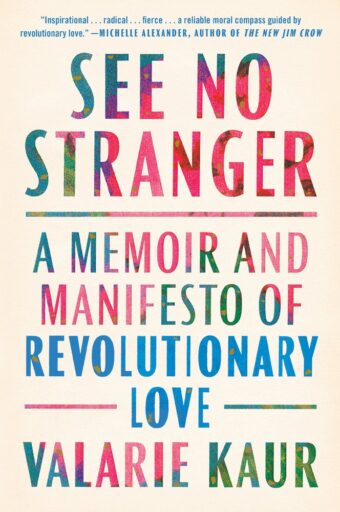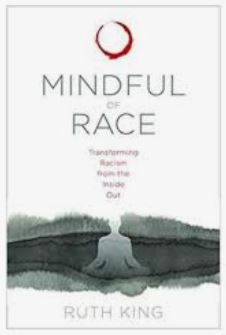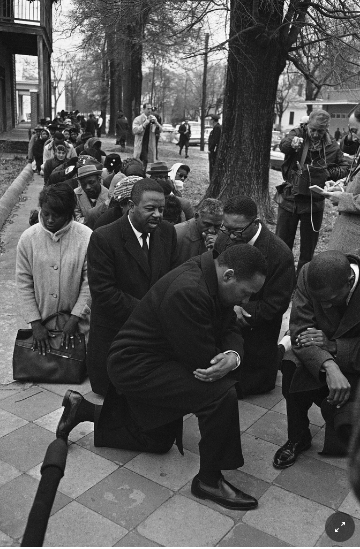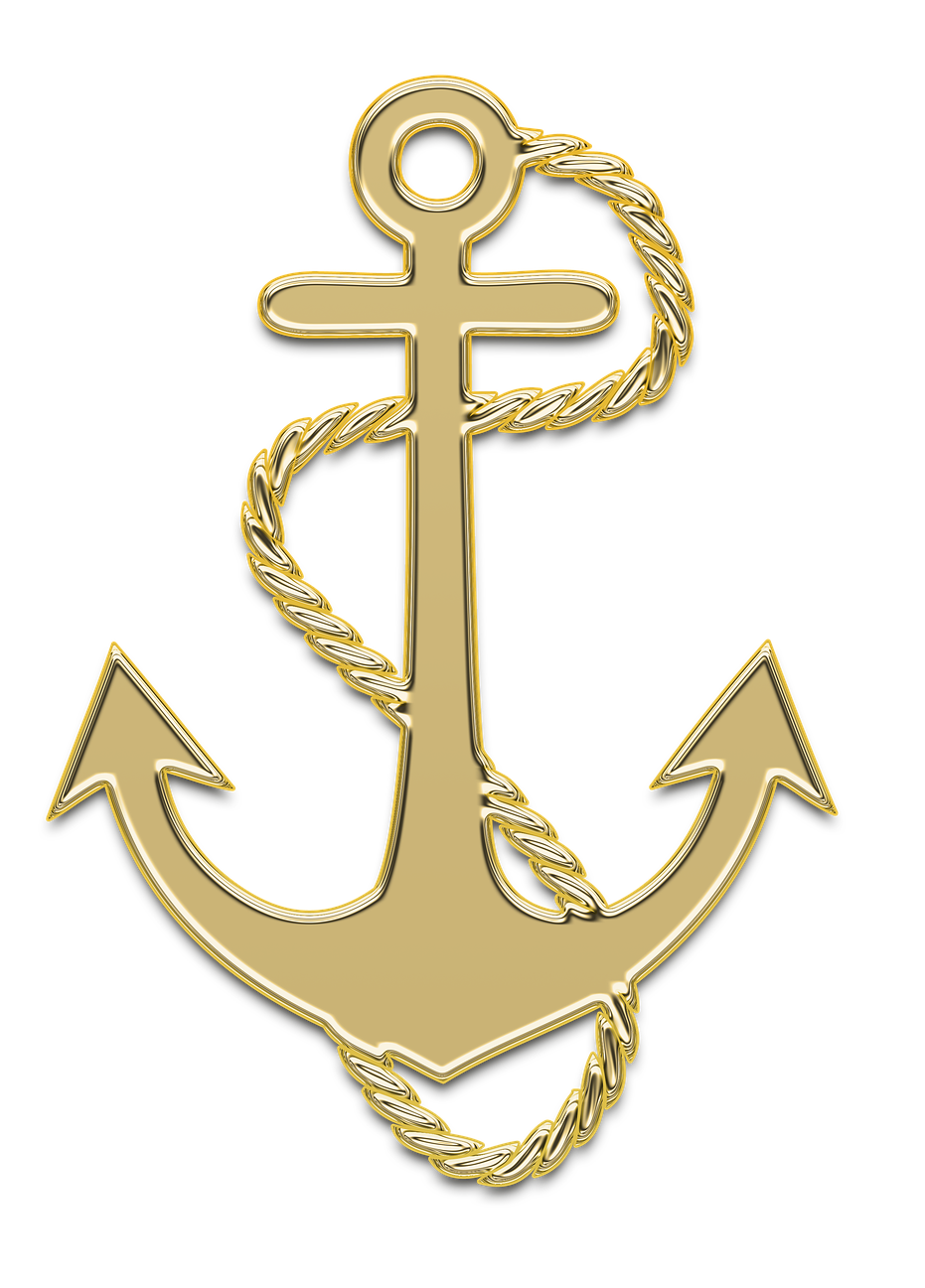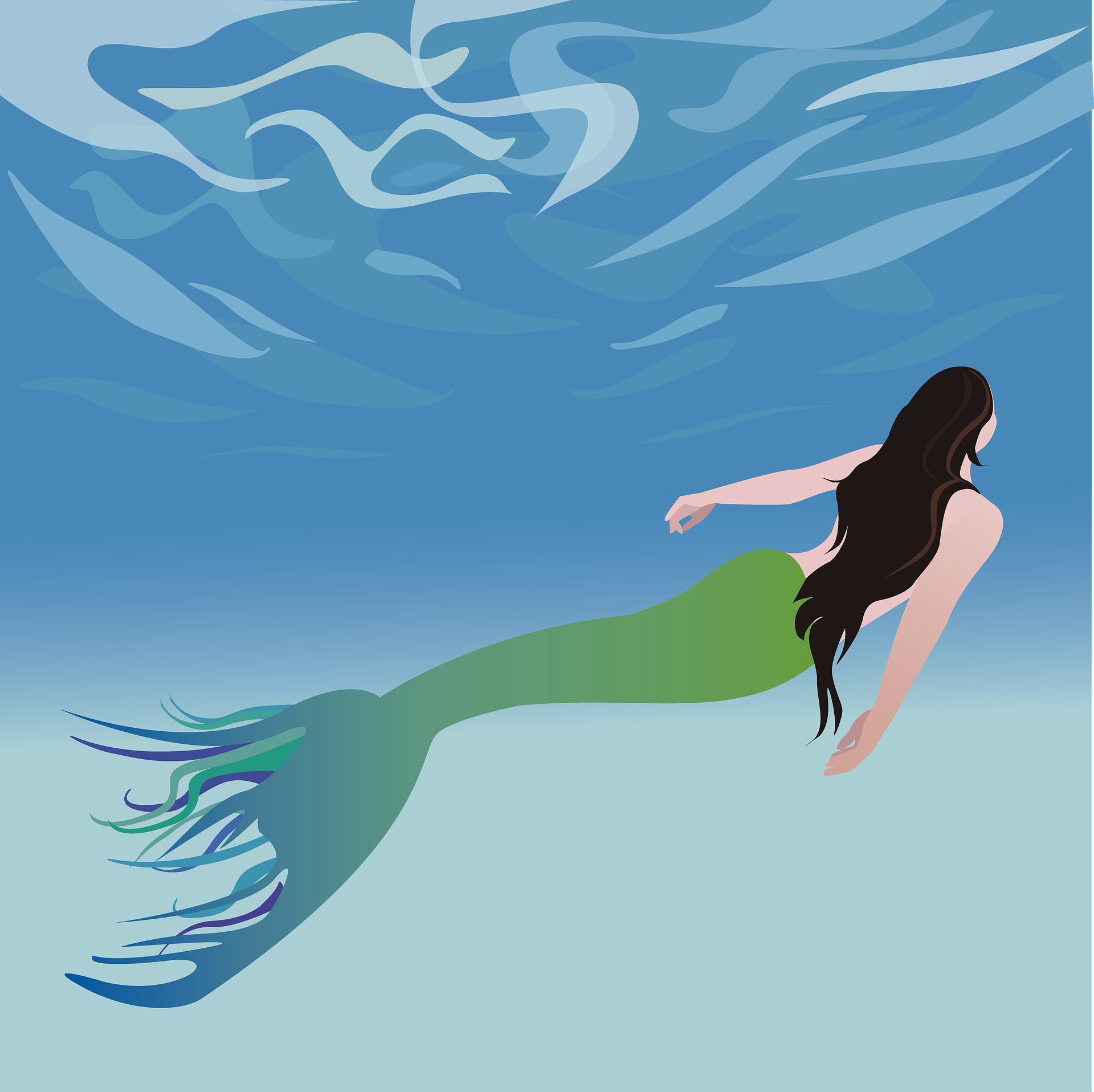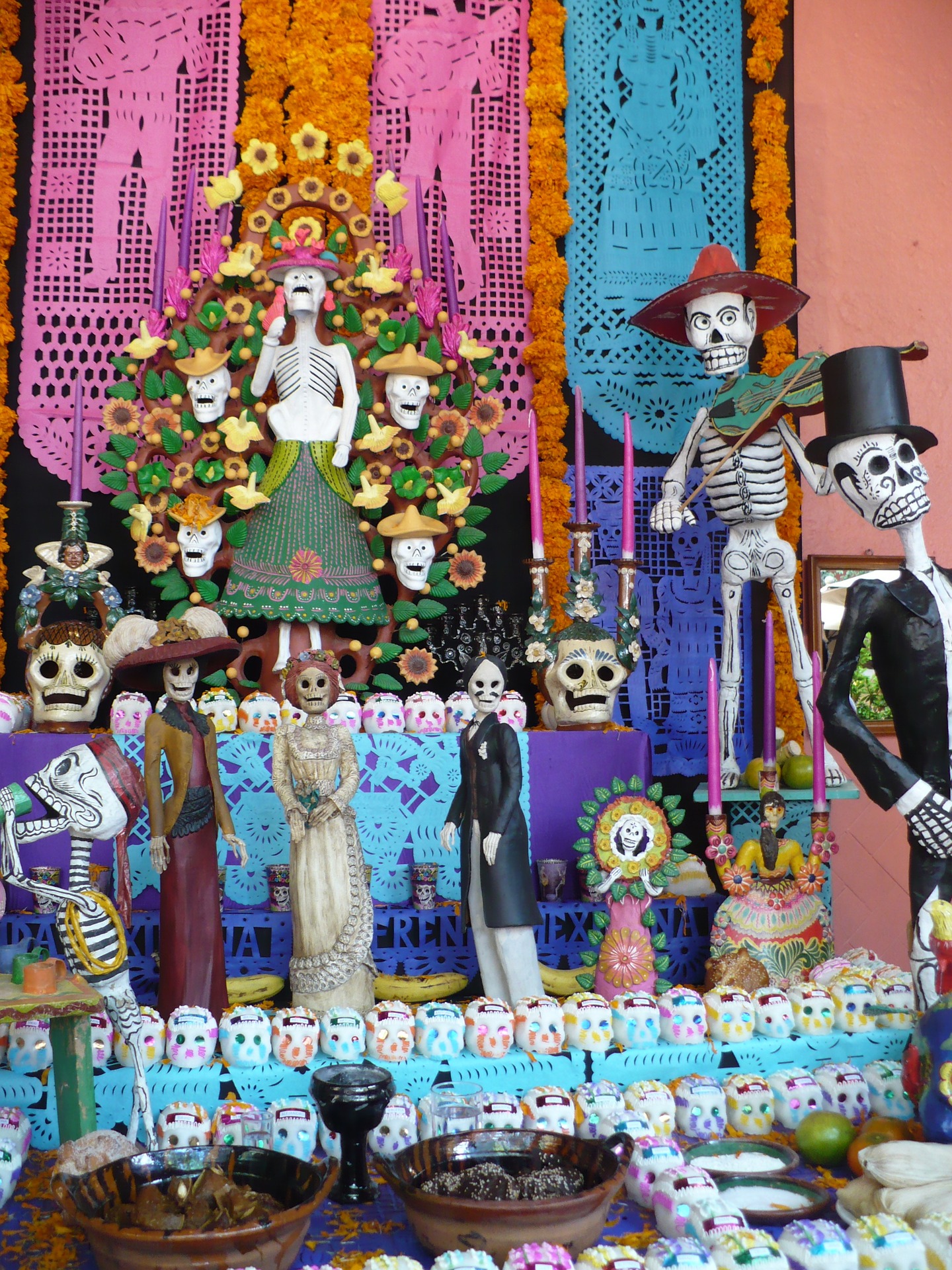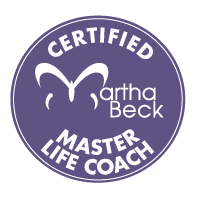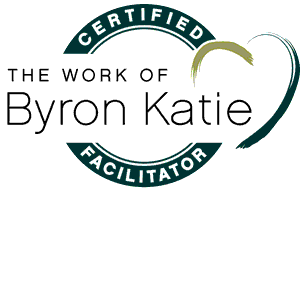Always Be Yourself, Unless You Can Be a Mermaid.
Then Always Be a Mermaid.
Every morning these words, carved on a plaque directly across from my meditation space, greet me. I’m in my Ocean room, a space dedicated to my Orisha, Yemaya. Some explanation: In 2003, I visited Cuba to learn about Afro-Cuban folklore and music. While there, I discovered Orishas, archetypal guardian spirits who guide your life, according to the Santeria faith. Curious about who my archetypal fairy godmother might be, I requested a formal divination. I met with three Babalaos (or priests), who chanted and tossed black and white stones on the floor. After some discussion, their conclusion was unanimous: Yemaya, the ocean. My Orisha.
Returning home and sponge-painting a room blue to create an underwater cove, I remembered the Santeria priests’ warning. Yemaya must have an anchor. In the mythology, her other half is Okulun, who lives in the deepest part of the ocean. Unseen, he anchors her so the waves don’t tip her over. Since then, every time I go near the ocean I take a small blue jar of water with a tiny anchor inside. In a tiny private ritual, I fill it with ocean water and take it home to place on my altar.
Also in my meditation space is an altar with objects that serve as totems, or wayfinding symbols to take me back to my essential self. When I light a candle, I see the blue bottle and I’m reminded to be anchored in the mystery of that which cannot be seen. I often see meditation as a time to dip into a watery, less linear state of mind. It helps me remember a different self than the one who navigates the daylight world and reacts to the challenges served up by everyday land-bound reality.
In that dreamy underworld space, I can swim with purposeful abandon, gracefully flip my mermaid tail and dive to clean underwater castles and shipwrecks. My inner life as a mermaid is pristine, uncluttered with daily compromises and responsibilities. I treasure this mermaid world. It’s a place where I can commune with the ineffable essence of the deep unknown and still stay anchored to my inner world with equanimity. But then there are the twists and turns that real life brings up. The troubling feelings and thoughts that keep coming back for examination, requiring a look at less charming aspects of my inner life.
That’s where the walrus 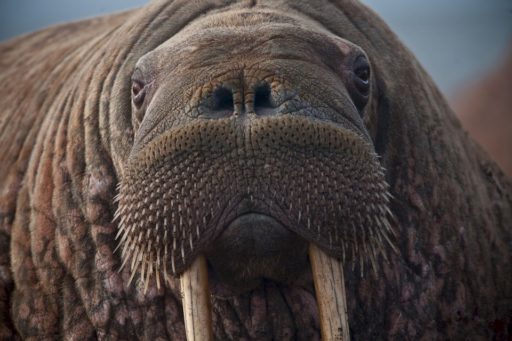 comes in. Long ago in Anchorage, I spent hours in a tourist shop seeking a totem, a “power animal” to call my name. My eyes kept coming back to a tiny walrus, carved from ivory tusk. This attraction definitely wasn’t what I’d planned. I had in mind something sleek (say, a wolf) or something sturdy (like a bear or a moose, even). Definitely not a large, blubbery animal who’s mostly stationary.
comes in. Long ago in Anchorage, I spent hours in a tourist shop seeking a totem, a “power animal” to call my name. My eyes kept coming back to a tiny walrus, carved from ivory tusk. This attraction definitely wasn’t what I’d planned. I had in mind something sleek (say, a wolf) or something sturdy (like a bear or a moose, even). Definitely not a large, blubbery animal who’s mostly stationary.
But there she was, refusing to let go of my imagination. I bought the tiny icon and brought it home. Then I did a little pre-Google research on walruses. They feed in the mud and muck, excavating for their food by using their extremely sensitive whiskers, “mustacial vibrissae,” as detection devices. I can relate to that, I thought as I placed my tiny totem on a small craggy rock on my altar. And there she has perched for thirty years. A reminder of the nutrition to be gained from the darker challenges that life offers. Over time I have been reminded that what is pretty or acceptable or even graceful or fun may not take me to my deepest truth. My walrus amulet reminds me to be brave and to learn to have compassion for less attractive or appealing parts of myself.
She serves as a reminder that, as much as I love the pretty mermaid dive, sometimes her song may be a distraction fueled by denial. Over time I’ve learned to trust something I think of as the walrus dive. I’ve learned to value shadow work, which has taken me into (and through) the troubling, ugly, unacceptable things in the world and in myself. Through extensive inquiry, I’ve discovered that even the pettiest or most troubling thoughts and feelings deserve respect. The walrus world may not be as pretty or pristine as my imaginary mermaid world. But when I dive into the muck and messiness of my thinking, I often discover the innocence of even the darkest recesses of the psyche, I return feeling truly anchored in the truth and kindness of the deepest mystery.

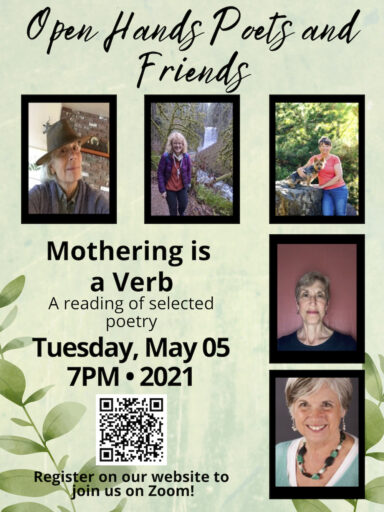 PS. I’ve been writing more poetry during our current pandemic. I’ll be reading this new poem about my mother’s mother’s mother, this week, along with my Open Handed Writers’ group and friends. It’s a free Zoom call (with the support of our local bookstore)
PS. I’ve been writing more poetry during our current pandemic. I’ll be reading this new poem about my mother’s mother’s mother, this week, along with my Open Handed Writers’ group and friends. It’s a free Zoom call (with the support of our local bookstore)